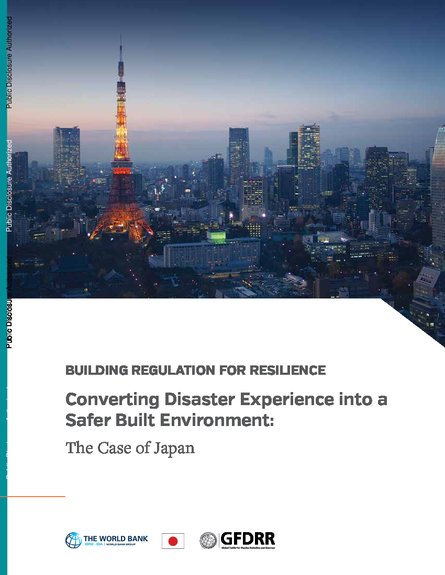
This report describes Japan’s incremental approach to developing, implementing, and facilitating compliance with building regulation over many decades. It explains Japan’s unique path to developing a policy and legal framework as well as compliance mechanisms that grow out of this framework and that function within Japan’s risk profile and climate, culture, and construction practices. Although Japan is well known for its advanced engineering knowledge and for employing engineering solutions in disaster risk management, it also relies on non-technical approaches and has created a legal and quality management ecosystem for buildings within which those technical solutions can be successful.
The lessons this report highlights are relevant for policy makers, building governance practitioners, and project managers in developing countries who are interested in creating a safer built environment. The lessons grow out of Japan’s incremental, context-specific approach to building safety—an approach that is driven by and responds to Japan’s specific hazard profile, geophysical characteristics, climate, culture, construction practices, and legal system. Countries facing different hazards, using different construction practices and materials, and operating under different laws can nonetheless apply the experience-based, step-by-step approach to their own context.
This report focuses on seismic risk in part because earthquakes have been important in driving Japan’s building safety regime, but also because there are rich data on the impact of, response to, and increasing resilience to earthquakes. The report does not address Japan’s efforts to improve resilience to fire, tropical cyclone (typhoon), and other hazards and should therefore not be considered exhaustive.